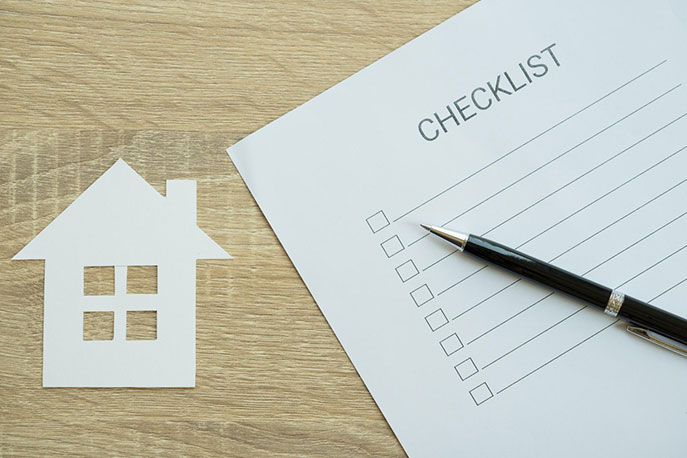
What is a Low Doc/Alt Doc Loan?
Low Documentation (Low Doc) Loans and Alternative Documentation (Alt Doc) Loans cater to borrowers who may not meet the strict documentation criteria of traditional loans. These loans are particularly suitable for self-employed individuals, freelancers, or those with inconsistent income streams who may find it difficult to provide standard income verification.
Understanding Low Doc Loans
Contrary to popular belief, Low Doc Loans do not require less income documentation but rather different types of income evidence. These loans are ideal for:
Individuals who have been in business for less than two years
Those with seasonal or irregular income
People earning from multiple sources, such as part-time jobs, investments, rental properties, or business ventures
Individuals who have recently changed industries or moved between full-time employment and self-employment


Eligibility Criteria
To be eligible for a Low Doc Loan, self-employed borrowers might need to provide:
• Proof of ABN and/or GST registration
• Business Activity Statements (BAS)
• Business account transaction statements
• Accountant’s letter
• Personal tax returns
Benefits and Considerations Low Doc home loans are often seen as riskier by lenders because the borrower’s income cannot be verified through traditional means. As a result, these loans typically have higher interest rates and more limitations, yet they provide a viable financial solution for those in need.
Pros:
- Simplified income declaration process
- Alternatives to traditional tax returns for income verification
- Options for various loan types, including fully serviceable loans, redraws, lines of credit, variable or fixed rates
- Available as Principal & Interest or Interest-only loans
Cons:
- Generally higher interest rates
- More limitations on maximum Loan to Valuation Ratio (LVR)
- Not all lenders offer Low Doc Loans

How to Get Approved for a Low Doc Mortgage
Securing approval for a Low Doc loan involves several steps. Here’s how we can assist you in finding the right lender:
Assess Eligibility: Identify which documents you can provide, understand your needs, and determine which lenders you qualify with.
Choose the Best Lender: Select the lender offering the lowest interest rates, fees, and LMI premiums, along with the loan features you require.
Prepare Your Application: Present your application in a way that ensures it is viewed favourably by the lender
Note: Providing partial proof of income, such as an outdated tax return, might prompt some lenders to request comprehensive financial statements and tax returns for all entities.
Choosing the Right Low Doc Home Loan Lender
Not all Low Doc lenders are created equal. When considering your options, keep in mind:
Income Verification
The types of documents required to prove your income can vary.
Refinancing Options
Opt for a lender that allows you to refinance to a full doc loan once you have completed your tax returns.
Interest Rates and Fees
Be cautious of hidden charges that might accompany lower interest rates. Consider the application fee and LMI fee offered by lenders.

Low Doc Home Loan Requirements Modern Low Doc loans still require supporting documents to verify the income declared to the lender. Each lender has its own requirements and accepts different types of documentation. The main documents that can be used to verify your income include:
12 months’ BAS statements showing a high turnover
An accountant’s letter verifying your income (some lenders might contact the accountant to verify the letter)
Business bank statements showing a high turnover
Interim financial statements
